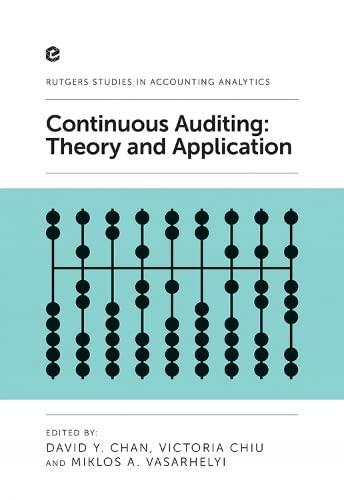Question
Given the following levels of permanent assets and temporary assets are for each month. January February March April Current Assets 20,000 30,000 20,000 20,000 Fixed
Given the following levels of permanent assets and temporary assets are for each month.
| January | February | March | April | |
| Current Assets | 20,000 | 30,000 | 20,000 | 20,000 |
| Fixed Assets | 50,000 | 50,000 | 50,000 | 50,000 |
| Permanent Assets | 70,000 | 70,000 | 70,000 | 70,000 |
| Temporary Assets | 0 | 10,000 | 0 | 0 |
A flexible policy would finance $80,000 with long-term debt and have excess cash of $10,000 to invest in marketable securities in January, March, and April. Overall, the interest expense on the extra $10,000 borrowed long-term will outweigh the interest received from the marketable securities.
A restrictive policy would finance $70,000 with long-term debt. In February, the firm would borrow $10,000 on a short-term basis to cover the cost of temporary assets in that month. The short-term loan would be repaid in March.
Which policy would be most effective for this firm- the flexible or restrictive? Post an answer, justifying it with what evidence you believe would be the most convincing.
Step by Step Solution
There are 3 Steps involved in it
Step: 1

Get Instant Access to Expert-Tailored Solutions
See step-by-step solutions with expert insights and AI powered tools for academic success
Step: 2

Step: 3

Ace Your Homework with AI
Get the answers you need in no time with our AI-driven, step-by-step assistance
Get Started


